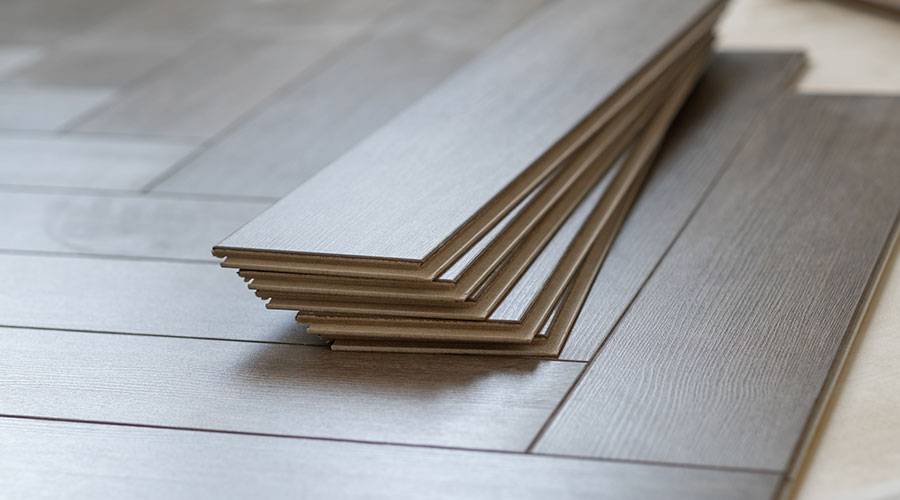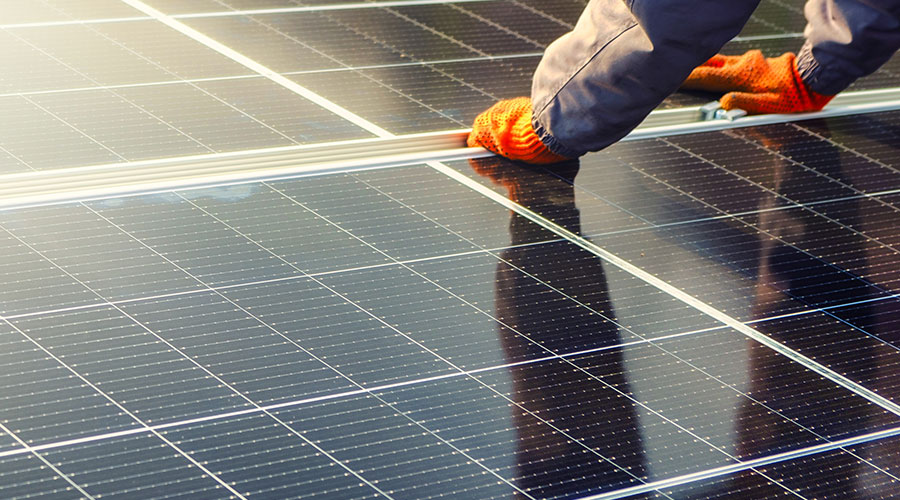Standing-Seam Systems: Follow Rules for Handling Penetrations
Installing HVAC and plumbing vents often requires penetrating the roof membrane. The soil stack must carry gases from inside, and the HVAC unit must move inside air out, outside air in, or both. Consequently, holes in the roof are inescapable. The challenge is to waterproof the holes while maintaining the thermal-cycling integrity of the roof system.
Technicians need to follow several rules when handling these kinds of rooftop penetrations in low-slope, standing-seam systems to ensure trouble-free service.
First, HVAC units and related ductwork penetrations should use pre-formed equipment curbs specifically designed to integrate with the roof profile. Ideally, the curb is sealed to the roof and maintains the thermal-cycling integrity of the system.
The best curbs feature all-welded aluminum construction. This material is very compatible with sheet steel or aluminum used for roofing and should provide decades of trouble-free service if designed, fabricated and installed correctly.
These curbs often are load-bearing, structural varieties that provide support and waterproofing. Metal roofing manufacturers can help managers locate roof-curb suppliers throughout the country.
Second, when installations involve HVAC equipment with unusual sizes and weights, the support and weatherproofing functions often are divided because the unit is mounted on a structural curb, which is integral to the building’s structural framing system. When dealing with such a design, technicians should use a second flashing curb to satisfy the unique waterproofing challenges of metal roofs.
The first curb or frame supports the unit’s weight, while the second does the waterproofing and integrates into the roof system. The outer curb features the same design and material as previously described.
When equipment curbs are used, technicians also must:
• use welded, aluminum curb construction
• equip curbs with diverters on the upslope flange
• shingle the curbs into the roof to avoid back-water laps
• ensure curb walls are at least 6 inches high
• ensure curbs are not pinned to the building structure
• ensure all seals are made with butyl tape and tube grade within the joints — not exposed sealants — with careful attention paid to marrying seals at panel seams
• ensure curb sidewalls are located at least 6 inches from the nearest adjacent seam to allow sufficient drainage to the sides of curbs.
Related Topics:













